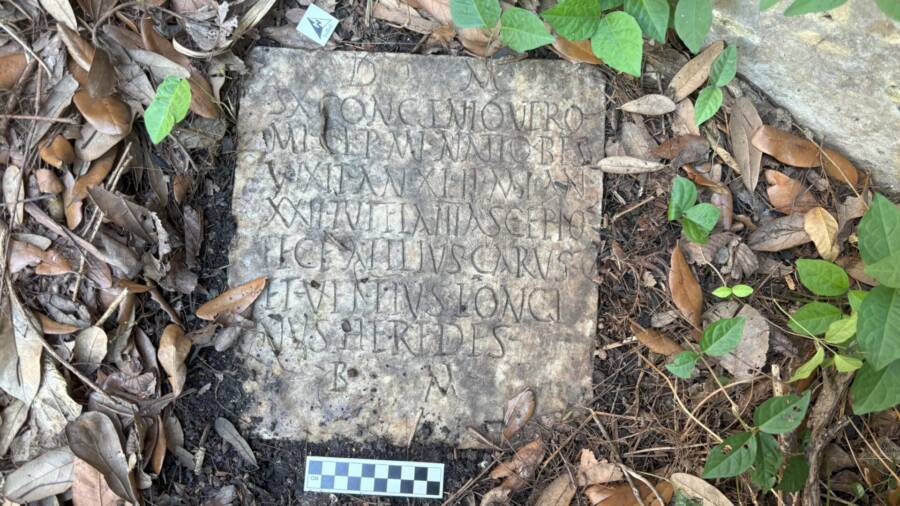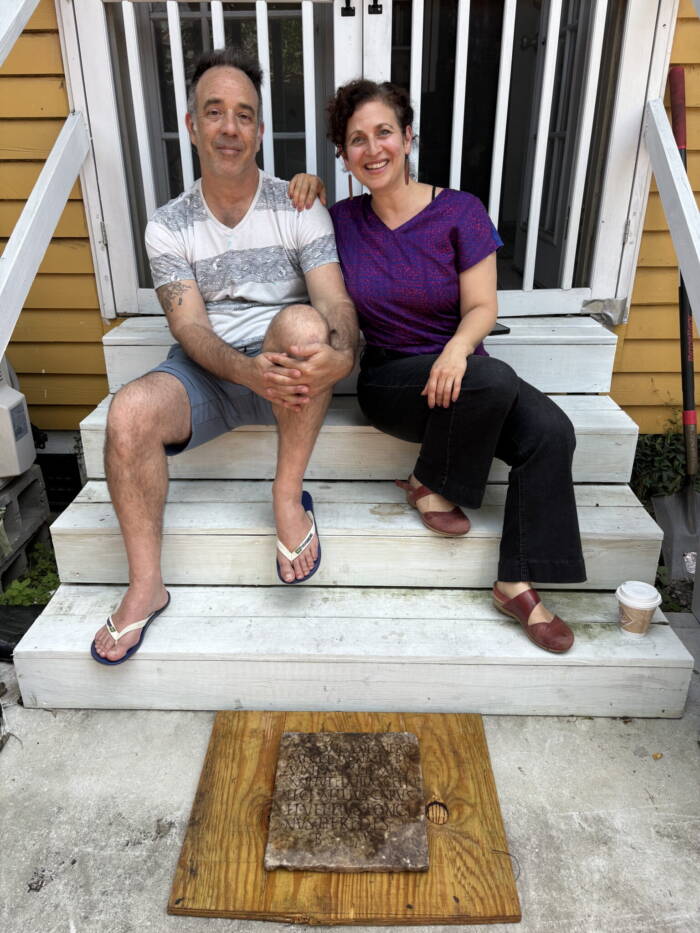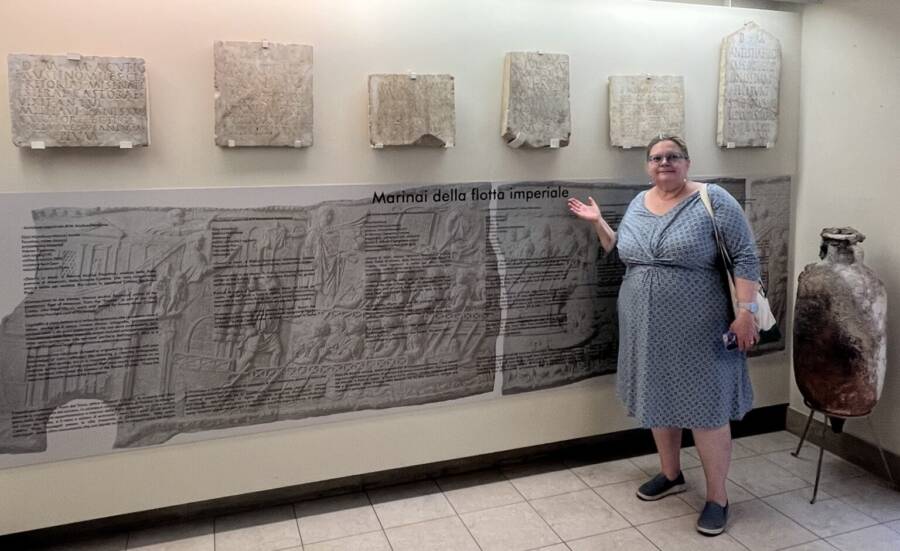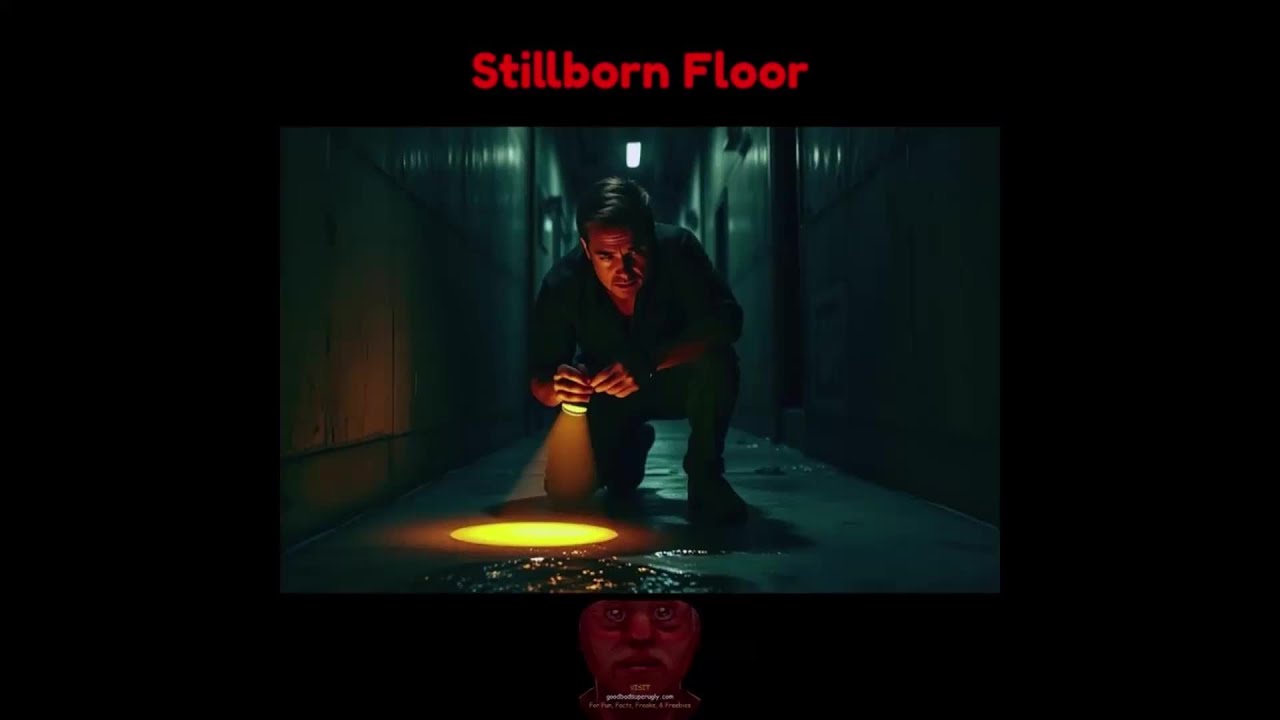Ancient Roman Sailor’s 1,900-Year-Old Gravestone Discovered Beneath a New Orleans Backyard—What Secrets Does It Hold?
Imagine clearing your backyard, minding your own business, when—bam!—you stumble upon a 1,900-year-old Roman gravestone staring back at you. Yup, that’s exactly what happened to New Orleans anthropologist Daniella Santoro and her husband, Aaron Lorenz. While ancient Roman relics popping up around the Med aren’t exactly headline news, finding one in America? Now that’s like spotting a unicorn in a Mardi Gras parade. This surprising discovery of a soldier named Sextus Congenius Verus’s gravestone has turned into a globe-trotting mystery, involving archaeologists, classical scholars, the FBI, and a bit of international cloak-and-dagger about how the artifact ended up thousands of miles from its Italian hometown. Could it have been a keepsake for a World War II vet, an under-the-table antique deal gone wrong, or just plain cosmic luck? Either way, this tale challenges everything we thought we knew about historical backyard surprises. Ready to dive into this wild archaeological whodunit?
New Orleans anthropologist Daniella Santoro and her husband, Aaron Lorenz, were recently clearing brush from their backyard when they uncovered the gravestone of a man who died in the second century C.E.

D. Ryan GrayThe newly-found ancient gravestone bearing an inscription dedicated to a Roman sailor named Sextus Congenius Verus.
Coming across ancient Roman artifacts or graves isn’t necessarily a rare thing. After all, the Roman Empire once ruled the Mediterranean, much of Europe, Western Asia, and parts of North Africa at its peak. Bits of its past are bound to turn up again and again in the world of archaeology.
What is rare, however, is unearthing an artifact from ancient Rome in America.
Needless to say, it was quite shocking when a couple in New Orleans was clearing brush from their yard and uncovered an ancient Roman grave marker of a soldier named Sextus Congenius Verus who died roughly 1,900 years ago. Now, what started as a chance discovery has become an international investigation involving scholars, museum professionals, and even the FBI.
The Shocking Discovery Of An Ancient Roman Gravestone In New Orleans
In early 2025, Tulane University anthropologist Daniella Santoro and her husband, Aaron Lorenz, were clearing away undergrowth in their backyard. It was then that they noticed a flat marble slab with inscriptions that appeared to be in Latin. So, Santoro contacted University of New Orleans archaeologist D. Ryan Gray.
According to Gray’s account from the Preservation Resource Center of New Orleans, Santoro and Lorenz were initially concerned that the discovery meant their home may have been built atop a cemetery, likely from the 18th or 19th century, that had long been forgotten. Gray acknowledged that the city does have a fair number of lost cemeteries that were later built over, but he believed that these were “unlikely to be the stone’s source.”
“Obviously, the inscription itself was a key piece of evidence,” Gray recalled, “but it was clear that my high school-level Latin was not up to the task of deciphering it.”

Susann LusniaAaron Lorenz and Daniella Santoro with the grave marker at their home.
Gray took some photographs of the marble slab and sent them to University of Innsbruck professor Harald Stadler, who subsequently forwarded the photos to his brother, a Latin instructor. Meanwhile, Santoro also contacted fellow Tulane University professor Susann Lusnia, who focuses on classical studies.
Lusnia and Stadler independently arrived at the same conclusion: The slab was a grave marker bearing an inscription dedicated to a second-century Roman sailor and soldier named Sextus Congenius Verus.
That wasn’t all, though. In another shocking twist, the stone had already been reported before.
It fit the description of a stone known to be missing from the city museum of Civitavecchia, Italy, where it was originally found. Now, it was up to “Team Tombstone,” as Santoro dubbed it, to try to get the stone back home — but that process isn’t exactly straightforward.
Returning The Tombstone Of Sextus Congenius Verus To Italy
Everyone involved agreed that returning the stone to Civitavecchia’s museum was a top priority, but as Gray acknowledged, “international repatriation of antiquities is a complex process.”
Lusnia contacted the museum to let them know about the unusual discovery, while the rest of the team reached out to Tess Davis, the executive director of the Antiquities Coalition, which specializes in repatriating stolen or looted items of cultural heritage. Davis then redirected Team Tombstone to the FBI’s Art Crime Team, which took the stone into custody while the repatriation process got underway.

Susann LusniaDr. Susann Lusnia at the city museum in Civitavecchia.
Still, the question remained: How did this Roman gravestone wind up in a New Orleans backyard in the first place?
Based on the timeline of events that’s been deduced thus far, the team determined that the tombstone had likely crossed the ocean sometime in the 20th century, possibly after World War II, given that the U.S. military and other Allied forces fought in Italy. Perhaps, they thought, one of those soldiers had brought it back with them.



















Post Comment